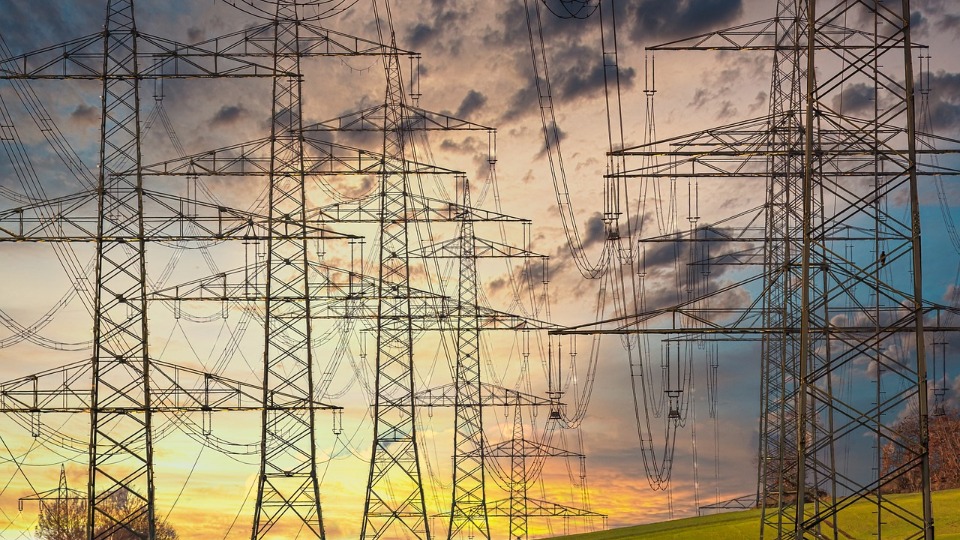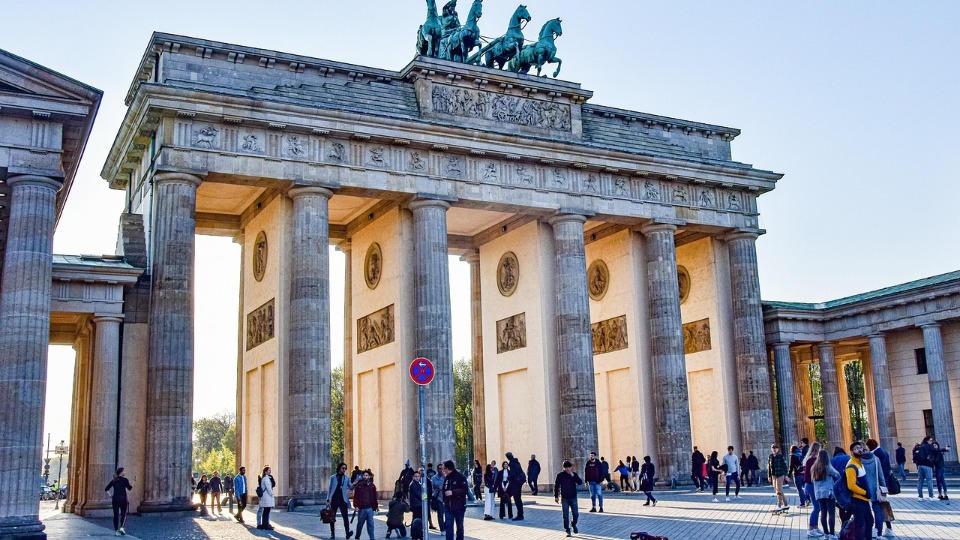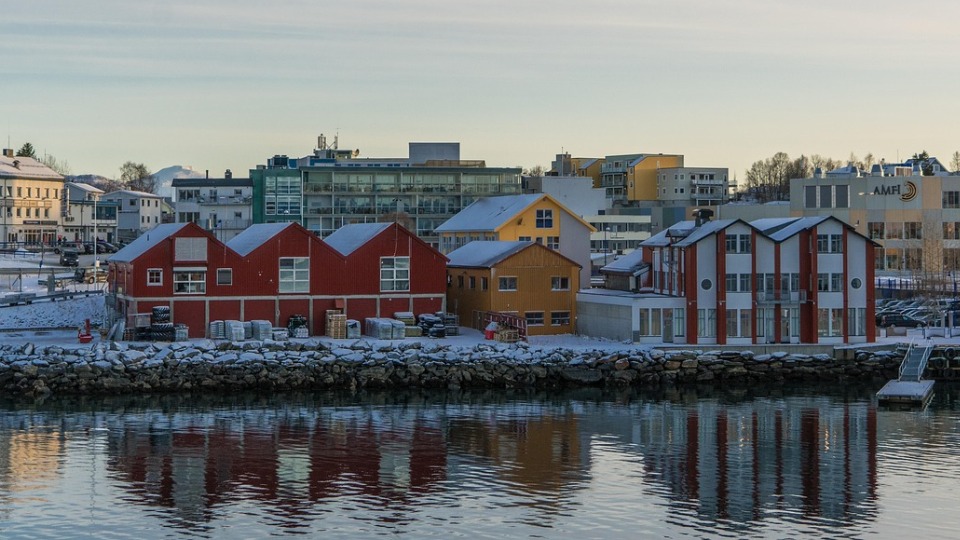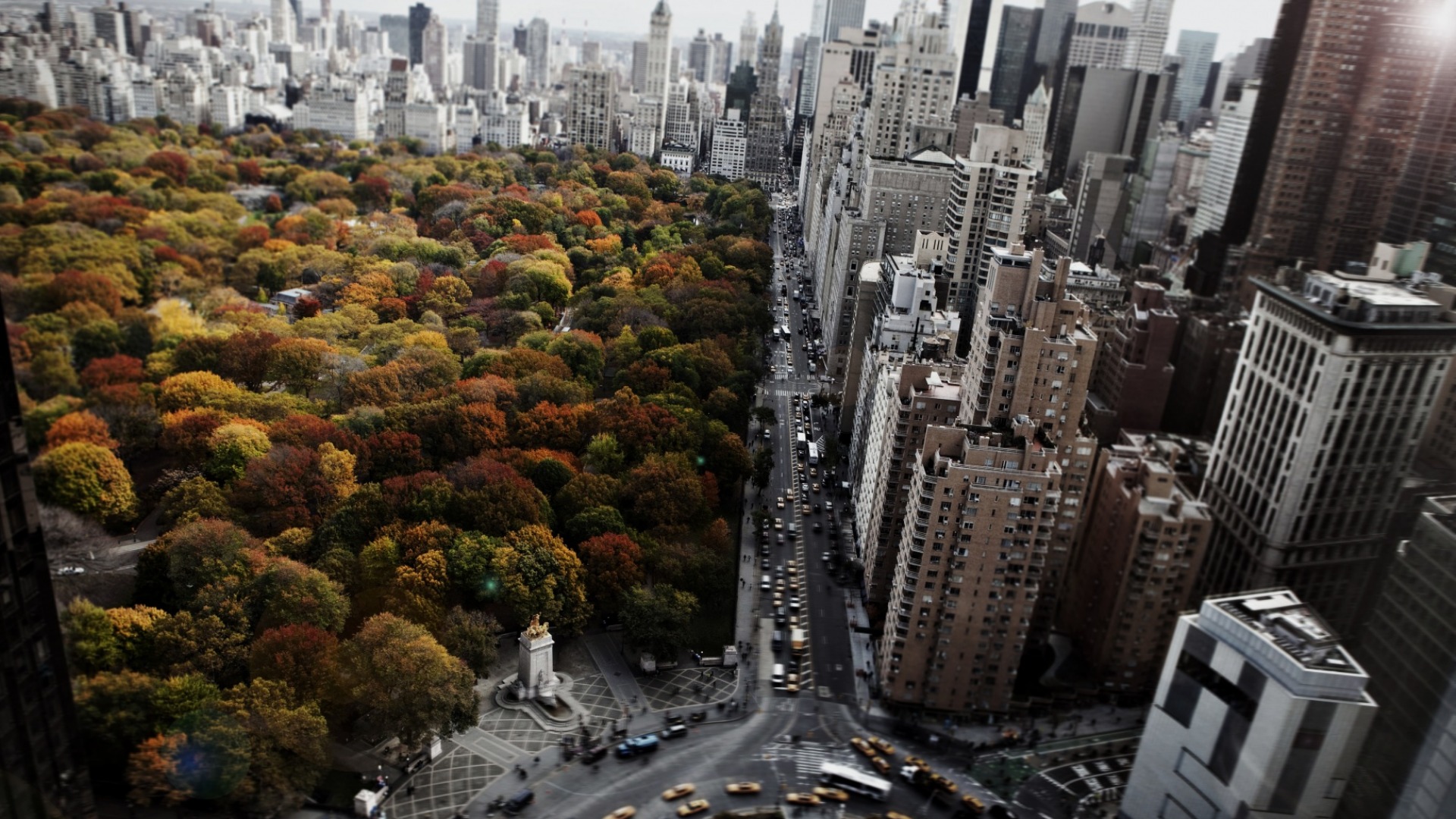
Peru's Post-Covid Economy Affected by Civil Conflict

Civil instability has dealt a devastating damage to Peru's tourist industry, which was just beginning to recover when the crisis began.
Officials in the tourism industry need to fight the negative attention, particularly in regards to Machu Picchu incident, in order to reassure visitors about the safety of the nation.
Since December's violent political demonstrations, Peru's post-pandemic recovery has been slower than anticipated. If the political crisis is not addressed and images of turmoil and instability remain in the worldwide limelight, the country's attractiveness as a tourism destination is at stake as the demonstrations continue.
This year has gotten off to a rough start for Peru. Since the demonstrations started in December, up to 60% of travel arrangements for the first half of the year have been cancelled, as reported by Reuters. Throughout the demonstrations, the train service to Machu Picchu, the country's most visited site, has been often disrupted. Thousands of demonstrators descended on Lima, Peru's capital, on January 4.
After an effort to dissolve the national legislative assembly and instal an interim government, leftist President Pedro Castillo was impeached and jailed on December 7. Dina Boluarte, who had been Castillo's vice president, was sworn in as president on the same day.
The week after Castillo's ouster, widespread violent protests occurred throughout the country; demonstrators called for fresh elections, while protesters have shut down public transit and attacked police stations, government buildings, businesses, and airports. Infobae, a news outlet focused on Latin America, reports that 28 people have been killed and over 600 injured as a direct consequence of the demonstrations.
The freedom to assembly and other civil rights were restricted for 30 days when the defence minister proclaimed a countrywide state of emergency on December 14. Still, protesters in several regions of the nation blocked highways, bridges, and railroads for days after the proclamation. They caused the temporary closure of five airports.
According to Peru's National Chamber of Tourism, the delays forced roughly 1.8 million individuals throughout the nation to cancel their tourism activities, operations, or travel plans.
The United States, Peru's largest tourist market, has warned its nationals against visiting the country owing to rising crime rates and the need for heightened security precautions amid ongoing social instability.
Peru's tourist industry is trying to recover from the pandemic, as protesters, seeking worldwide attention and to weaken the administration, have chosen popular tourist areas as targets, further harming the sector.
Executive Director of the National Chamber of Tourist of Peru Tito Alegra said that the country lost an estimated $450 million in tourism revenue due to the demonstrations in December.
Source: skift.com








